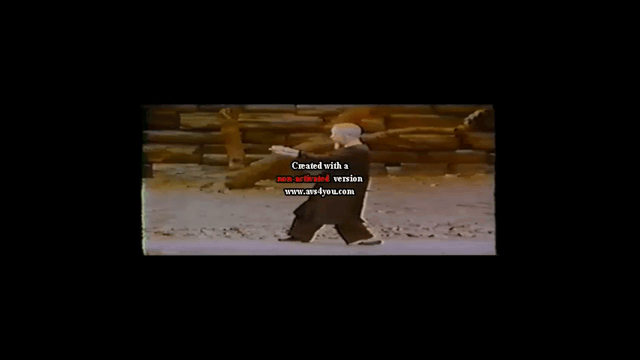As someone who has some knowledge (far from being a scholar) of karate history, I know of Zhang Sanfeng who studied both hard Shaolin and soft Daoist kung fu in the early 1300's. He is notable for his pioneering work in vital point striking and rumored to have experimented on live subjects. My source does not credit him with creating taijiquan, but rather for laying the foundation for its later development by others. I have no info regarding its branching off into different styles.
As a side note, three centuries later vital point striking found its way to jiu jutsu and then to early "karate." It's interesting that there seems to be a continuous thread linking the various systems of MA.
If we turn to Meir Shahar who has a PhD in Asian languages and civilizations at Harvard University, he has a book about Shaolin. That book mentions Cheng Zongyou's Shaolin Staff Method (ca.1610) which had like a "Q&A" section such as:
Someone may ask: “As to the staff, the Shaolin [method] is admired.
Today there are many Shaolin monks who practice hand combat (quan), and do not practice staff. Why is that?"
I answer: "The Shaolin staff is called the Yakºa (Yecha) [method]. It is a sacred transmission from the Kiœnara King ( Jinnaluo wang) (Shaolin’s tutelary deity, Vajrapâÿi). To this day it is known as “unsurpassed wisdom (Bodhi)” (wushang puti).
By contrast, hand combat is not yet popular in the land (quan you wei shengxing hainei). Those [Shaolin monks] who specialize in it, do so in order to transform it, like the staff, [into a vehicle] for reaching the other shore [of enlightenment].”
A lot of sources from Meir Shahar converge to the conclusion that Shaolin wasn't famous for bare-handed martial arts in the Ming Dynasty. They were famous for their staff method. They were so not famous for bare-handed fighting that it was even worth asking in a book as to why the hell they were doing bare-handed combat.
The Ming Dynasty military general, Qi Jiguang, thought that bare-handed martial arts wasn't useful on the battlefield because weapons existed. He thought it was good for instilling courage and as a starting point for weapons usage. When Qi Jiguang praised Shaolin, it was specifically their staff method.
A lot of Chinese martial arts that we know of today were rather recent developments. People who want to make modern Chinese martial arts seem 1000 years old have a clear incentive. Older = higher status. If Taijiquan was 1000 years ago as opposed to a few hundred years ago, that elevates its status.
Staurt Alve Olson - student of T.T.Liang who's a disciple of Cheng Manching and Liu Peizhong wrote in his book, Taijiquan Treatise: Attributed to the Song Dynasty Daoist Priest Zhang Sanfeng, "No historical data can prove that assertion that he created what has become popularly known as Taijiquan, or that he ever wrote anything concerning Daoism or Taijiquan."
Academically, he got nothing. So all he has left is faith as he writes: "Even without concrete, verifiable proof connecting all the stories of him, it would be wrong not to accept the existence of Zhang Sanfeng, as it is highly improbable that a myth of this grand a scale could have been so widely accepted or existed for so long. Hence, to consider Zhang as just a myth equally means we must form the conclusion that all these emperors and imperial officials, all the learned and cultivated Daoists, and many reputable citizens who believed in and claimed the existence of Zhang were all just simpleminded fools."
On his website, he translated the book, Zhang Sanfeng’s Secret Arts for Refining the Elixi, but also claimed that the original edition was in the year 1946. Because you know... Zhang Sanfeng's link to Taijiquan was invented in the 20th century. Prior to the 20th century however...


